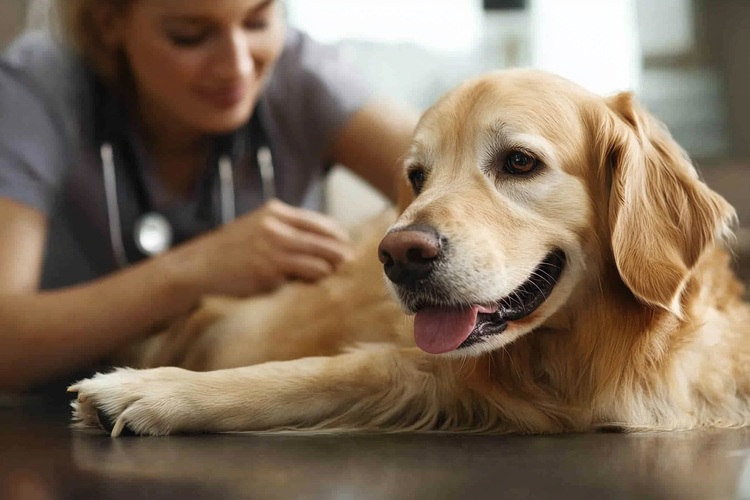Assembling an emergency kit for unexpected companion health events
Preparing an emergency kit for your companion animal ensures you can respond quickly and calmly when health incidents occur. A kit that combines supplies, documentation, and simple handling tools supports better outcomes and steadier care until you reach professional help.

This article is for informational purposes only and should not be considered medical advice. Please consult a qualified healthcare professional for personalized guidance and treatment.
A compact, organized first paragraph can make a difference in a stressful moment. Assemble a clear checklist and store it with the kit so any caregiver can act quickly. Include supplies that address bleeding, choking, allergic reactions, and pain management as directed by your veterinarian. Keep the kit accessible at home, in your car, and in travel cases, and refresh contents after use or when expiration dates pass. Planning ahead supports your companion’s wellness and reduces response time during unexpected events.
What first aid items are essential?
A well-stocked first aid kit for a companion should contain sterile gauze, adhesive tape, non-stick pads, disposable gloves, and bandage scissors with rounded tips. Include a digital thermometer, a soft muzzle or towel to prevent bites if an animal panics, and a pet-safe antiseptic solution recommended by your veterinarian. Add a pet-specific emergency guide and a waterproof contact list for your primary vet and the nearest emergency clinic in your area. Basic knowledge of wound care and CPR for pets increases the usefulness of these items.
How to manage hydration and nutrition?
Hydration and nutrition are vital during recovery from illness or injury. Keep bottled water, a collapsible bowl, and single-serving packets of your pet’s regular food to avoid dietary upset. If your companion requires a special diet, include labeled portions and clear feeding instructions. Pet-formulated electrolyte solutions can be helpful after vomiting or diarrhea but should only be used when advised by a clinician. Note any food allergies or sensitivities and label consumables with dates to maintain freshness and safety.
How to keep dental care and grooming covered?
Oral injuries and dental pain can come on suddenly. Pack a soft toothbrush or dental wipes and a pet-safe oral rinse if those are approved by your veterinarian. For grooming issues that exacerbate health problems—matted fur, embedded debris, or skin irritation—include a slicker brush, fine-tooth comb, and small towel. Rounded-tip scissors can safely remove tangles. Regular grooming and dental care reduce the chance of emergencies and help you detect changes in your companion’s condition earlier, improving response time when issues arise.
Where to record vaccination and microchipping?
Store up-to-date vaccination records and microchipping details in a waterproof folder and as a digital backup. Note vaccine types, dates, recent boosters, and any past reactions. Record the microchip number and the registry where it is listed, along with identification photos and your contact information. Include a concise medical history, current medications, and known chronic conditions. Having this documentation readily available aids triage, ensures accurate treatment decisions, and speeds reunification if your companion becomes lost.
How can training, behavior, and enrichment help?
Training and behavior management reduce stress and improve safety during emergencies. Reinforce basic commands such as sit, stay, and come so handling is easier when you need to restrain or transport your companion. Pack familiar enrichment items—favorite toys or a comfort blanket—to soothe anxiety during waiting periods. For reactive animals, bring high-value treats used for positive reinforcement and clear notes on handling preferences. Regular enrichment and training also support long-term wellness and make first aid procedures less traumatic for both pet and caregiver.
What safety and exercise steps should you take?
Plan for safe transport and short-term recovery by including a spare leash and harness, an adjustable carrier or crate, and reflective gear for night travel. A lightweight emergency blanket, tick removal tool, and a simple log to track exercise restrictions and symptoms help manage recuperation. If your veterinarian prescribes reduced activity, record walk durations and any adverse signs. Familiarize yourself with local services and emergency clinic locations in your area so you can access professional care promptly when needed.
Conclusion An effective emergency kit combines practical supplies, accurate records, and preparation through training and grooming routines. Regularly review and replenish items, keep documentation current, and practice basic first aid skills. Thoughtful preparation enhances your companion’s safety and supports steadier care during unexpected health events.





